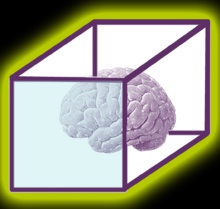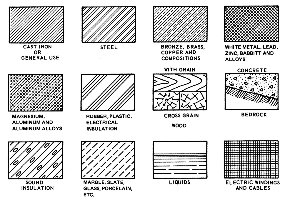
'Recognizing the need is the primary condition for design.'
Charles Eames
'To design is to communicate clearly by whatever means you can control or master.'
Milton Glaser
Milton Glaser
Communications for Engineering Technicians
Aim and purpose
Apply the wide range of communication methods used within engineering.
Covering, visual representation, verbal and written skills, obtaining and using
information and the use of information and communications technology.
Skills covered
Interpretation and use of engineering sketches/circuit/network diagrams to communicate technical
information
Ability to use verbal and written communication skills in engineering settings
Ability to obtain and use engineering information
Ability to use information and communication technology (ICT) to present information in engineering
settings.

